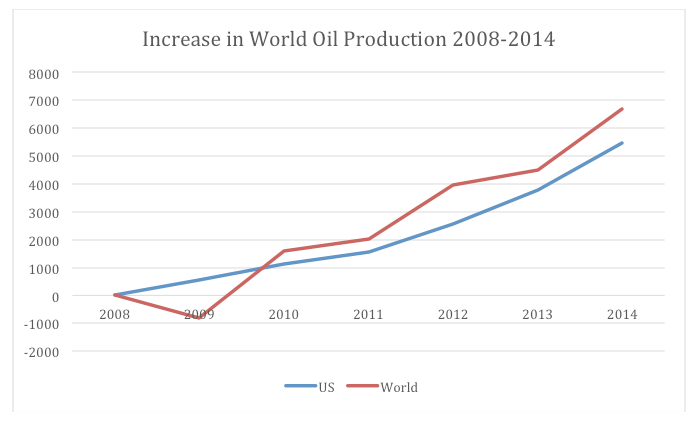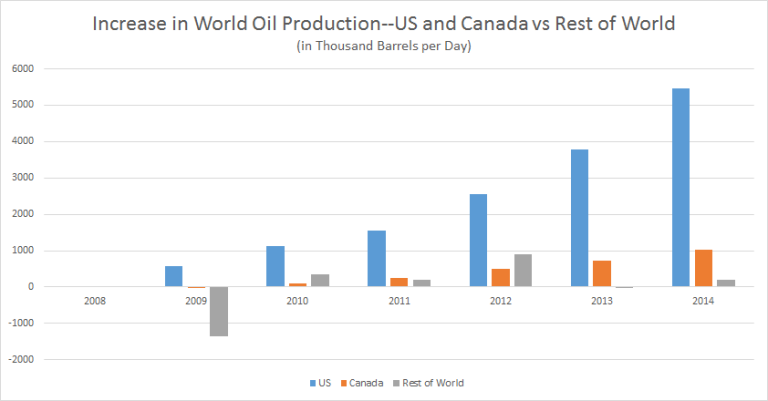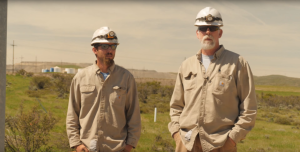WASHINGTON — Yesterday, Utah Governor Gary Herbert announced that his state has stopped working on all efforts to comply with EPA’s carbon regulation. In response, American Energy Alliance President Thomas Pyle issued the following statement:
“By stopping all efforts to comply with EPA’s regulation, Governor Herbert is taking a crucial step toward protecting Utah families from higher energy costs. With the rule on hold, the governor clearly recognizes that it is a waste of time and taxpayer-funded resources to move forward with any efforts to comply.
“States should focus their efforts on promoting affordable and reliable energy for their citizens, not on complying with a legally suspect regulation that will make energy more expensive. We encourage other governors and state leaders to join the growing chorus of opposition to this unlawful regulation by ceasing all efforts to comply.”
AEA recently issued “Stop Work” orders to leaders in every state urging them to cease all efforts to comply with EPA’s unlawful regulation. Find out more about this initiative at www.StopWorkNow.org.
Click here to visit SmartPowerPlan.org and stay up to date on how states are dealing with EPA’s rule.
###








